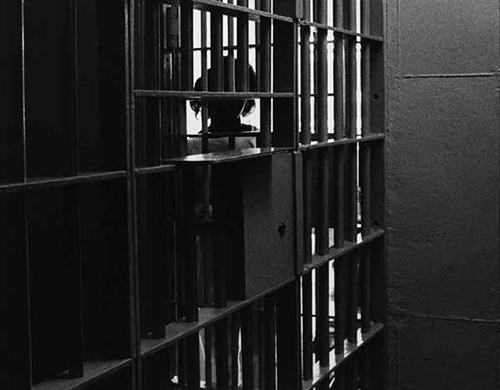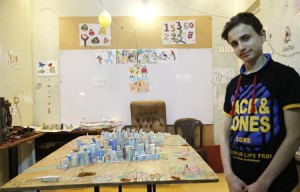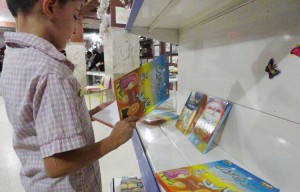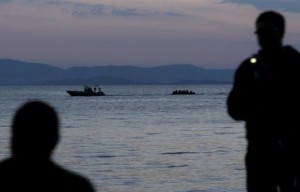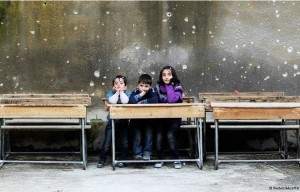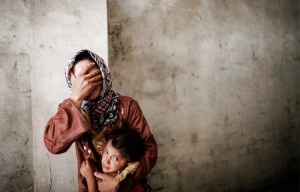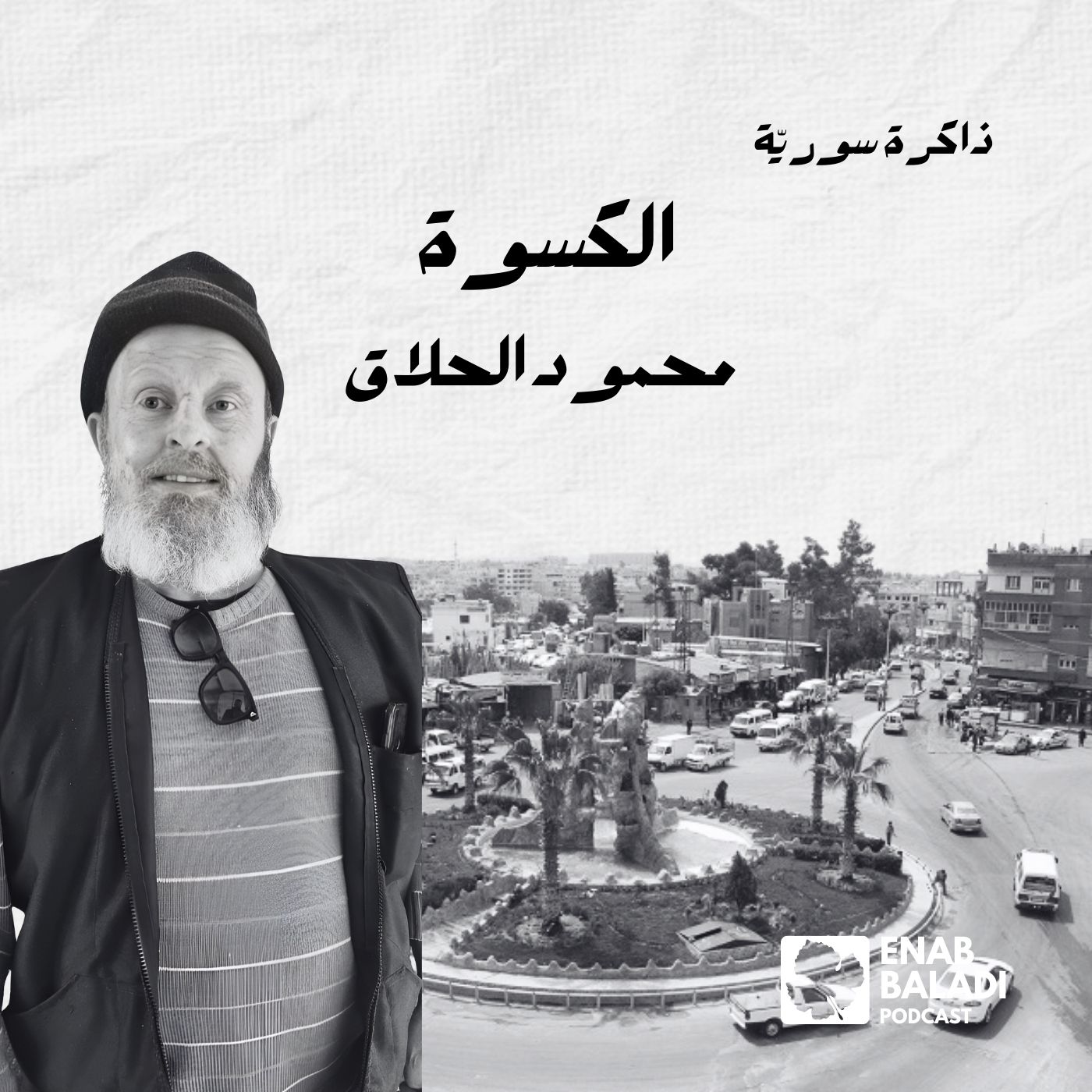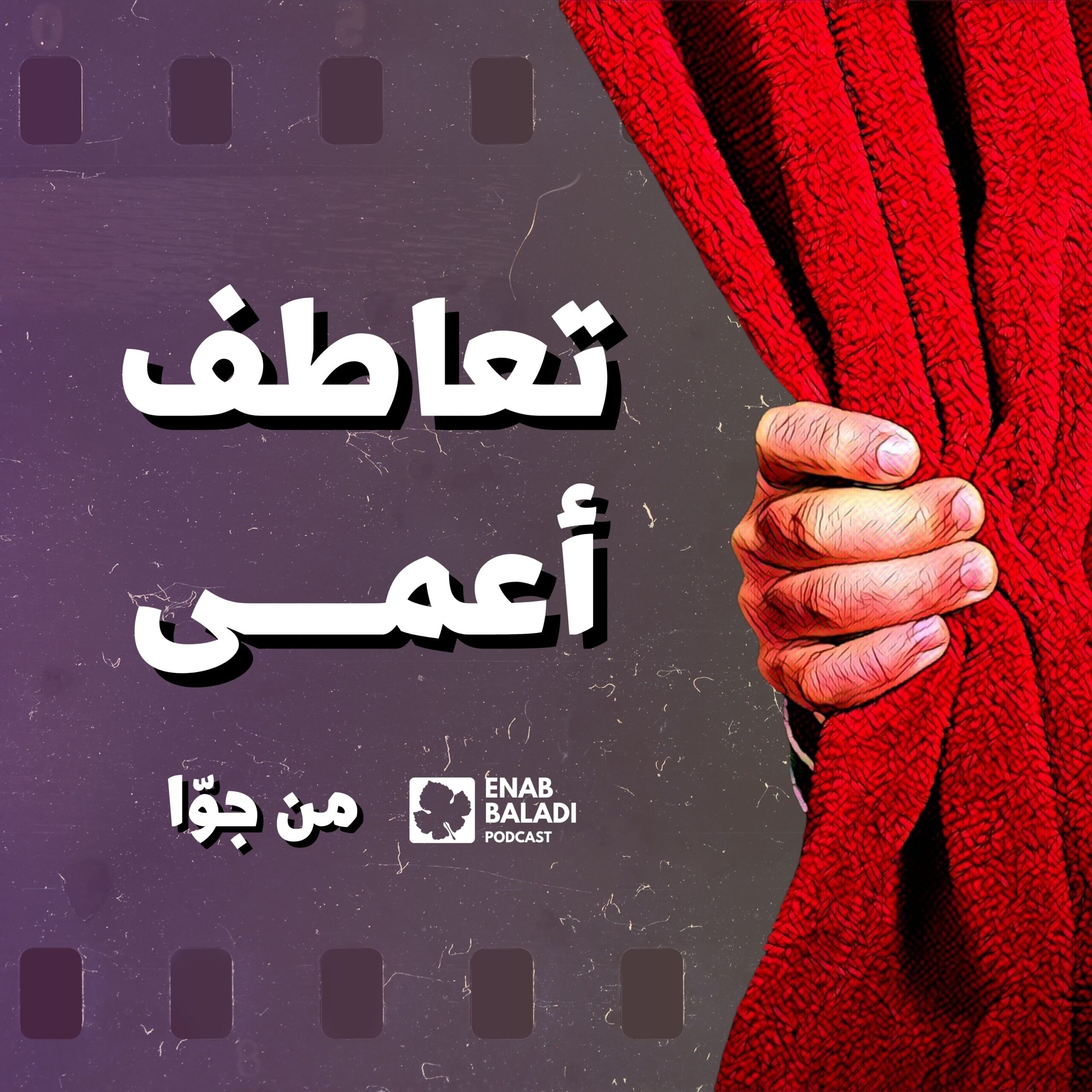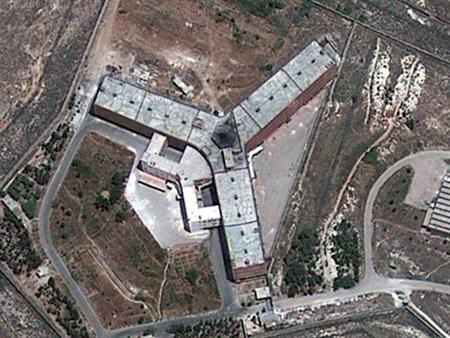
Three Minutes … Waiting Trip to Sednaya Prison

Enab Baladi Issue # 86 – Sun, Oct. 13, 2013
To get a permission to visit detainees in Sednaya prison, one terribly struggles to get it signed and stamped. The suffer starts at the military justice where the applicant initially needs to get the signature of the public prosecutor’s assistant and then a stamp of one of the judges there. Some strict terms and conditions should apply. The applicant has to be one of a detainee’s family members; (exclusively father, mother, sister, brother, son or daughter). Plus, the number of visitors shouldn’t be more than four. The process of getting those stamps and signatures may take hours.
The suffer gets increasingly worse when the permission gets passed through at the military police, where transportation use is prohibited. Om Abdu (50 years old) reports that her husband has been detained for a year and a half now. Whenever she visits him, she needs to walk approximately one kilo meter to get to the military police. She adds; “when I arrive in that place, one of the policemen takes the permission sheet whenever he feels like to. That could be at 8:30 am, 9am or even 10am. Then the shifting officer signs it and assigns my visit date and time”.
Applicants then spend hours waiting for their visit consents under hard changing climate conditions. They fear getting hurt or injured by flying shrapnel due to nearby clashes and random shelling over the surrounding area. Some beg soldiers for hastening the process of approving their permissions to save their time and souls. They are aware that the longer they wait the more potential risk they may encounter. This repeatedly happened to all people who thought of visiting their beloved detainees. Many of them fell injured or dead but no one really cared. Officials at the military justice neglect the need to provide a safer place for those who wait. Plus the process of issuing the approvals goes really slowly because they don’t have the will to hasten it. Since that case will never change, applicants insist on waiting and sacrificing their safety to see their beloved detainees.
After five or six hours of waiting, a solider comes with approved and rejected applications. Some fail to get consent because the detainee they want to visit is located in a different prison -as claimed-. Here starts another round of waiting. This round might last days or even months till the date of the awaited visit comes. Thereafter, the applicant returns again to the military police to get the last signature which usually takes around an hour. Then a journey to Sednaya begins. Heading to Sednaya prison, one should pass through a very long time-consuming way where many of the regime’s checkpoints should be successfully passed by. Passengers from other provinces spend their journey anxious and worried fearing any potential risk.
Muna who regularly visits her husband there, says that she gets off the car a few meters before she arrives to the main gate of the prison. So that she cannot be targeted or killed by the prisons’ guards or snipers. Thereafter, “Prison guards take the identification card and the visit consent and then we go to a manhole with all our belongings where we get carefully inspected” Muna says. “We wait for half an hour after we get checked, then a bus picks us up to the waiting hall where we meet the detainees” Muna adds. The visitor is usually called by the detainee’s name who gets brought mortified by two jailers on his right and left. When the detainee tries to raise his head, he gets beaten and packed down severely.
Ziad (20 years old) reported that there are two nets of iron bars behind which his brother’s face gets hidden. A pathway of two-meter breadth is located between the two nets. Jailers keep walking there back and forth staring at the two brothers and interrupting their conversations by giving them the evil eyes.
After that long wait at several doors, visitors can have a time of three minutes to talk to the detainees. The talk should be short and limited to asking about the detainee’s health and living conditions. The answer should be positive and fake. Otherwise, the detainee will get exposed to humiliation and torture in front of his visitors and even after they leave. Plus, the detainee can be deprived from seeing any visitors for months if the three-minute talk included any hints or indirect information.
Alas, and due to the bad conditions the detainees suffer from at prisons, they sometimes refuse to meet their visitors. Mohammad Alhomsi asked his brother to prevent the rest of his family to visit him so that they don’t know about his deteriorating health situation.
After the three-minute talk finishes, all visitors return to the waiting hall trying to understand what they’ve just seen and known about their beloved. Most detainees have got serious health problems after they lost weight. Faces at that hall get covered with tears and indicate a very deep shock and painful sadness.
Then the visitors leave their detainees with the luggage that they have been permitted to leave, in addition to a small amount of money that shouldn’t exceed 5000 Syrian pounds. According to the prison’s regulations, money could be spent on buying cleaning and washing materials only.
The waiting trip ends at the moment when visitors leave Sednaya prison’s gate. They return to the normal situation of waiting for the next visit. While hoping that their beloved get released and set free, their hearts keep praying for that with all sadness and agony they feel after what they have known about the detainees’ life.
اذا كنت تعتقد/تعتقدين أن المقال يحوي معلومات خاطئة أو لديك تفاصيل إضافية أرسل/أرسلي تصحيحًا
إذا كنت تعتقد/تعتقدين أن المقال ينتهك أيًا من المبادئ الأخلاقية أو المعايير المهنية قدم/قدمي شكوى
-
تابعنا على :





